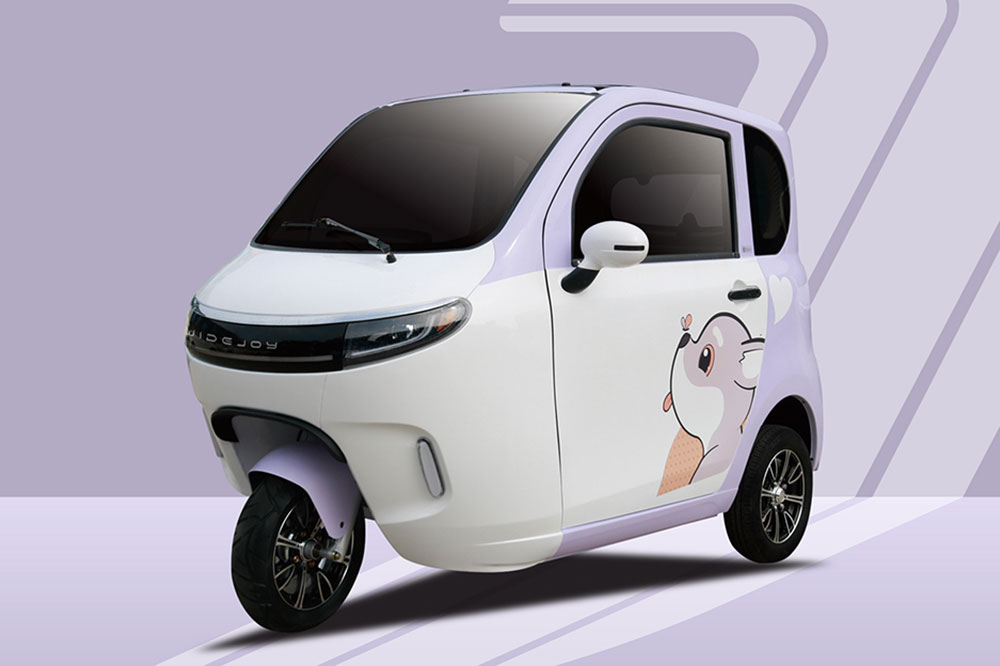As the solar energy and electric vehicle (EV) industry surges in the new age of clean and renewable energy, Southeast Asia catches the ride with the perfect timing, making it a strong competitor in the field of EV production.
By the first half of the century, Southeast Asia could unlock up to $200 billion worth of revenue in manufacturing renewable energy technology, according to a report by research and consulting firm Mckinsey released on Thursday (30 March, 2023). Within such significant growth, the EV industry stands out the most, as its adoption in ASEAN surged from 9% in 2023 to 13% in 2024, reflecting strong consumer demand and accelerating industry shift.
However, the booming Southeast Asian EV industry also faces numerous challenges brought by its rapid expansion. Building an electric car industry from the ground up in the region will be expensive and involve execution risk typical for cross-border expenditure that only resourceful investors are willing to venture. Also, battery demand in the region is currently limited to two gigawatt-hours (GWh), but is eyed to reach 80 GWh by 2030 and 175 GWh five years after. In addition, as a developing region that initially falls behind major EV consumer countries, the local populace is more accustomed to traditional powertrains and brands, and views automobiles more as a status symbol.
To tackle these challenges strategically, the Southeast Asian countries and companies adopt various effective methods: the ASEAN Free Trade Area (AFTA) facilitates cross-border EV supply chains, encouraging automakers to optimize production and reduce costs. Also, Chinese carmakers that seek to diversify their operations and customer base are introduced into the market, providing foreign investment, job security, industrial standardization, and infrastructure development. To cope with the potential battery shortage, the abundance of natural resources in certain Southeast Asian countries will come into play, as Indonesia and the Philippines collectively produce 25 percent of the world’s nickel output for batteries that power the technologies for solar panels and low-carbon vehicles. Meanwhile, the shift in customer demand deconstructs the traditional values on automobiles as the younger generation of Southeast Asia grows up in an era of expanding economies, rising disposable income, continuous urbanization and low rates of vehicle ownership. All these factors, combined with increasing environmental awareness and volatile fuel price, are guiding them into the EV market with a more eco-friendly and utilitarian view.
In conclusion, while Southeast Asia’s EV expansion faces some hurdles, the region possesses fundamental advantages that position it for long-term success. Its abundant critical mineral resources, growing manufacturing industry, and increasingly sustainability-conscious consumer base collectively create a strong foundation for EV industry growth. The active involvement of global automakers, coupled with regional cooperation through frameworks like AFTA, further strengthens Southeast Asia’s potential to emerge as a major player in the global EV value chain. With proper policy support and continued investment, the region is well-positioned to transform these challenges into opportunities, ultimately establishing itself as a key hub for electric vehicle production and adoption in the coming decades.



